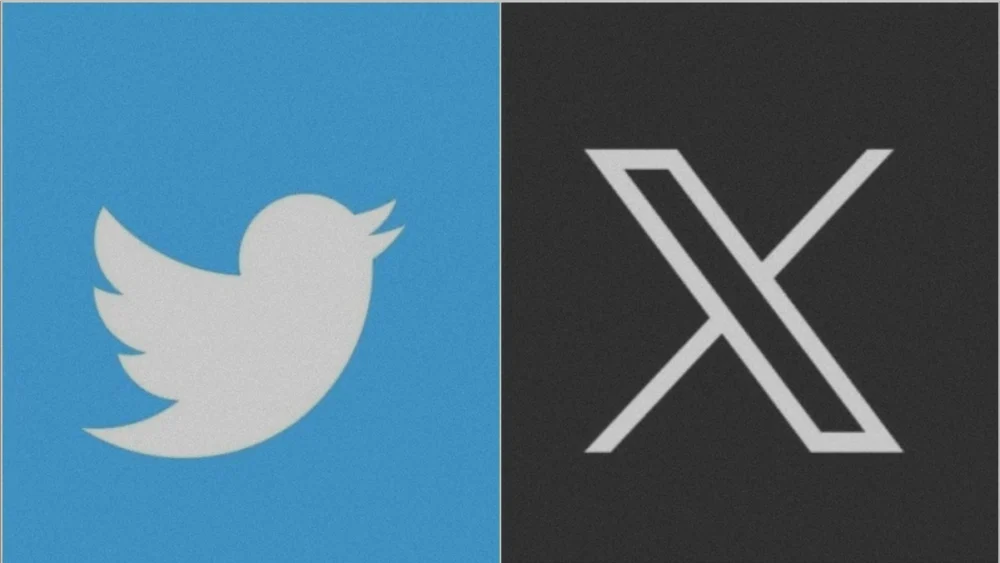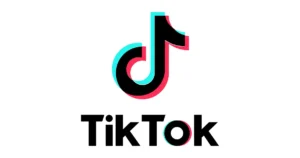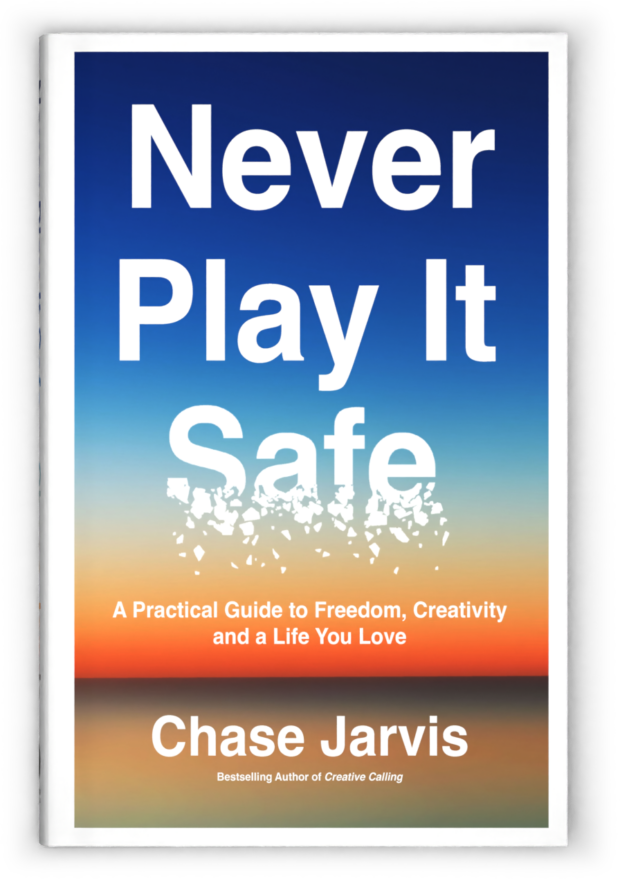You’ve heard that you should be on social media, that Twitter (or X, or whatever it’s called this week) is a ‘powerful tool for networking.’ But for most creative professionals, it feels like a waste of time—a chaotic stream of consciousness that pulls you away from the actual work of creating. You post a link to your portfolio, it gets three likes, and you wonder why you bothered. The platform feels built for tech bros and hot-take artists, not for serious photographers, designers, or writers.

Here’s the truth: most creatives are using it wrong. They treat it like a digital billboard, a place to dump their latest work and hope for the best. That’s not a strategy; it’s shouting into the void. This guide is different. It’s for the experienced creative pro who is tired of the fluff and wants to know how to use this platform to build real authority, connect with high-value clients and collaborators, and actually grow their business. It’s not about going viral; it’s about being effective.
Your Profile Is Your New Front Door
First things first, your profile is not a resume. Nobody cares where you went to school. They care about what you can do for them, right now. Your Twitter profile is your digital business card, your elevator pitch, and your front door all in one. It needs to be sharp, clear, and professional.
The Bio: Get to the Point
You have 160 characters. Don’t waste them on vague platitudes like “Lover of light and shadows” or “Visual storyteller.” Be ruthlessly direct. Use this formula: [What you are] for [Who you help]. [What makes you valuable].
- Example for a photographer: “Commercial photographer for sustainable apparel brands. I create campaigns that connect with conscious consumers.”
- Example for a designer: “Brand identity designer for tech startups. Building clear, memorable visual systems that drive growth.”
End your bio with a single, clear call to action that points to the most important place you want people to go. For most, this should be your newsletter signup. Use a link shortener like Bitly to track clicks and keep it clean.
The Pinned Tweet: Your Best Work, On Display
The pinned tweet is the single most valuable piece of real estate on your profile. Don’t let it be a random thought or an old announcement. It should be a strategic anchor that immediately communicates your value.
Your pinned tweet could be:
- A thread showcasing your best work on a recent project, including behind-the-scenes details.
- A short, high-value video tip that demonstrates your expertise. For example, a 60-second walkthrough of your color grading process in DaVinci Resolve.
- A direct link to your most compelling case study.
- A strong call to action to join your newsletter, clearly stating the benefits.
Update this every few months to keep it fresh. Think of it as the featured piece in your gallery.
A Content Strategy That Doesn’t Involve Selling
If your feed is just an endless stream of “Check out my latest project,” you’re doing it wrong. People don’t follow creatives to be sold to; they follow them to get inspired, learn something, and see the world through a different lens. Your content strategy should be built on generosity and expertise.
Document Your Process
Stop waiting for the finished product to share something. The most compelling content is often the process itself. This isn’t about giving away trade secrets; it’s about demonstrating mastery.
- Photographers: Post a lighting diagram from a recent shoot made with a tool like Set.a.light 3D. Share a screenshot of a tricky retouching job in Adobe Photoshop, showing the before and after. Film a quick hyper-lapse of your set being built on your iPhone 15 Pro.
- Designers: Show your early sketches for a logo project. Record a short screencast of your vectoring process in Adobe Illustrator. Write a thread about why you chose a specific font pairing, referencing typography principles.
- Writers: Share a snippet of your research process. Talk about the tools you use, like Scrivener or Obsidian, to organize complex narratives. Post a screenshot of a heavily edited paragraph and explain the “why” behind your changes.
This kind of content builds immense trust and positions you as an expert who is confident enough to pull back the curtain.
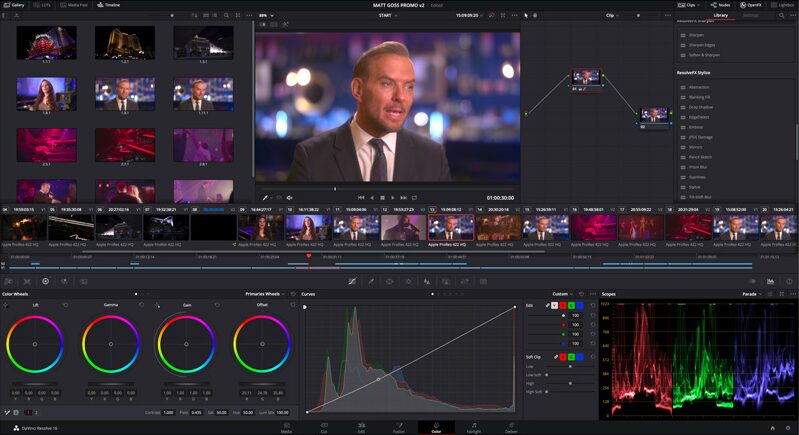
Share Your Brain
You’ve spent years honing your craft. You have a point of view. Share it. Your knowledge is your most valuable marketing asset. Once a week, commit to writing one high-value thread. A thread is simply a series of connected tweets that allows you to explore a topic in more detail.
Good thread ideas for creatives:
- “5 common mistakes I see brands make with their product photography.”
- “My complete workflow for a brand identity project, from brief to final delivery.”
- “How to use color theory to create more emotionally resonant images.”
Don’t overthink it. Just teach what you know. This is what separates the service provider from the industry authority. Schedule these insights using a tool like Buffer or Hypefury to maintain consistency without being glued to your phone.
Engagement: You gotta do it
This is the part everyone skips, and it’s the most important. You cannot treat Twitter as a broadcast-only platform. You have to engage. This means replying to people, asking questions, and starting conversations. But it has to be done strategically.
Build Targeted Lists
The main Twitter feed is a firehose of unfiltered noise. Tame it with Twitter Lists. Lists are curated feeds of specific accounts. You should have several private lists that you check daily.
- Clients/Prospects: A list of 20-30 companies or individuals you’d love to work with. Don’t pitch them. Just engage with their content thoughtfully. When they post about a project, comment with a genuine insight.
- Industry Peers: A list of other creatives you admire. Support their work. Ask them smart questions. This is how you build a network of collaborators, not competitors.
- Inspiration: A list of accounts that fuel your creative fire. This keeps your time on the platform positive and productive.
Spend 15 minutes a day—that’s it—going through these lists and adding value to conversations. It’s the digital equivalent of showing up to the right industry events instead of screaming on a street corner.
Use Advanced Search
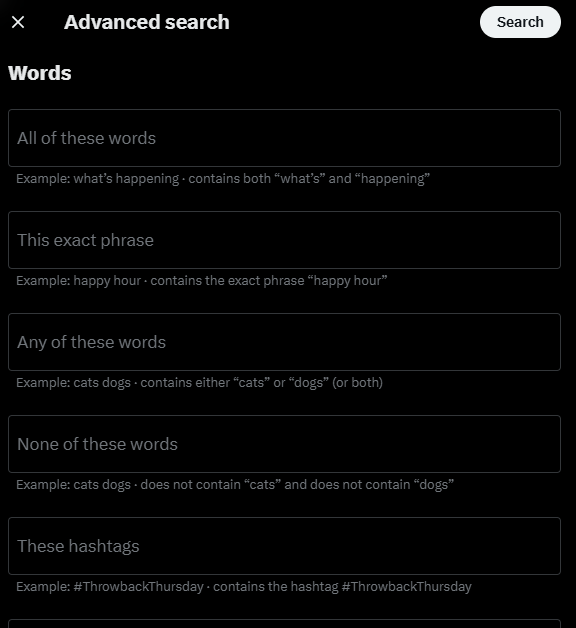
Twitter’s search is a lead-generation tool hiding in plain sight. Use the Advanced Search function to find people actively looking for someone with your skills.
Search for phrases like:
- “looking for a photographer”
- “recommend a brand designer”
- “hiring a videographer”
You can filter by location, language, and more. When you find a relevant post, don’t just reply with a link to your portfolio. That’s what everyone else does. Instead, offer a piece of helpful advice or ask a clarifying question. Be a human, not a spambot.
Is Twitter/X worth it? That’s up to you.
Twitter is only a waste of time if you use it like a lazy marketer. If you treat it like a professional tool for connection and authority-building, it can become one of the most powerful assets in your business.
Stop broadcasting and start conversing. Optimize your profile so it works for you 24/7. Share your process and your knowledge generously. And most importantly, engage with the right people in a focused, strategic way. Do this consistently, and you won’t have to chase clients anymore. They’ll come to you.

